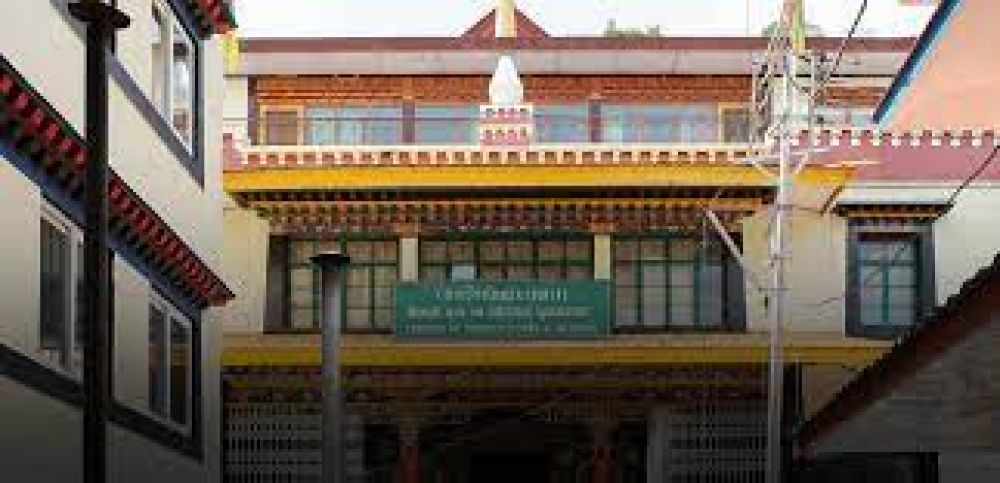

The Library of Tibetan Works and Archives, often referred to as LTWA, is one of Dharamshala's most significant institutions, not just as a repository of Tibetan culture but also as a prominent attraction for tourists with interests in history, spirituality, and Tibetan Buddhism.
The LTWA was established in the year 1970 by His Holiness the 14th Dalai Lama, Tenzin Gyatso, with the primary objective to preserve Tibetan culture and to provide a comprehensive research facility for Tibetan works, for both monks and lay scholars. Dharamshala had become the seat of the Tibetan Government-in-exile since 1959, when the Dalai Lama had to flee Tibet. The establishment of LTWA was a crucial step towards conserving the Tibetan heritage that was under threat due to Chinese invasion of Tibet.
The institution houses an extensive collection of Tibetan books, manuscripts, and documents. It also includes precious artifacts, such as thangkas (Tibetan scroll paintings), statues, and other religious and historical items.
Tourism in Dharamshala received a significant boost with the advent of the LTWA because it attracted scholars, historians, and tourists who were deeply interested in learning about Tibetan culture and Buddhism. Located in McLeod Ganj, which is often dubbed "Little Lhasa," due to its large Tibetan population, the LTWA serves as a center for Tibetan culture and learning, which naturally attracts tourists from all parts of the globe.
Visitors to the library can access a range of activities such as guided tours of the museum, participation in meditation sessions, and attending various lectures and courses on Tibetan Buddhism and culture.
Recent tourism trends in Dharamshala, including LTWA, show an increasing interest in experiential and educational travel. Tourists are not just visiting Dharamshala for its scenic beauty but also to immerse themselves in the local culture and learn through experiences. Travelers now often seek opportunities for meditation retreats, yoga sessions, and Tibetan cooking classes alongside their visits to cultural institutions like the LTWA.
In recent years, there has also been a surge in digital tourism, with more people discovering places like the LTWA through virtual tours and online resources. This is particularly relevant in the context of the travel restrictions imposed by the global pandemic; institutions have adapted by offering digital access to their resources and programs.
Responsible tourism is another growing trend where tourists are increasingly aware of the impact of their travel. Dharamshala's prime institutions like LTWA promote sustainable tourism practices that ensure minimal ecological impact while also benefiting the local economy and preserving Tibetan culture.
In conclusion, the Library of Tibetan Works and Archives is more than just a library; it's a beacon of Tibetan culture and an educational hub that enriches Dharamshala's tourism landscape. Its history and continuous efforts to preserve Tibetan heritage make it an enduring attraction for tourists seeking knowledge, peace, and cultural understanding.